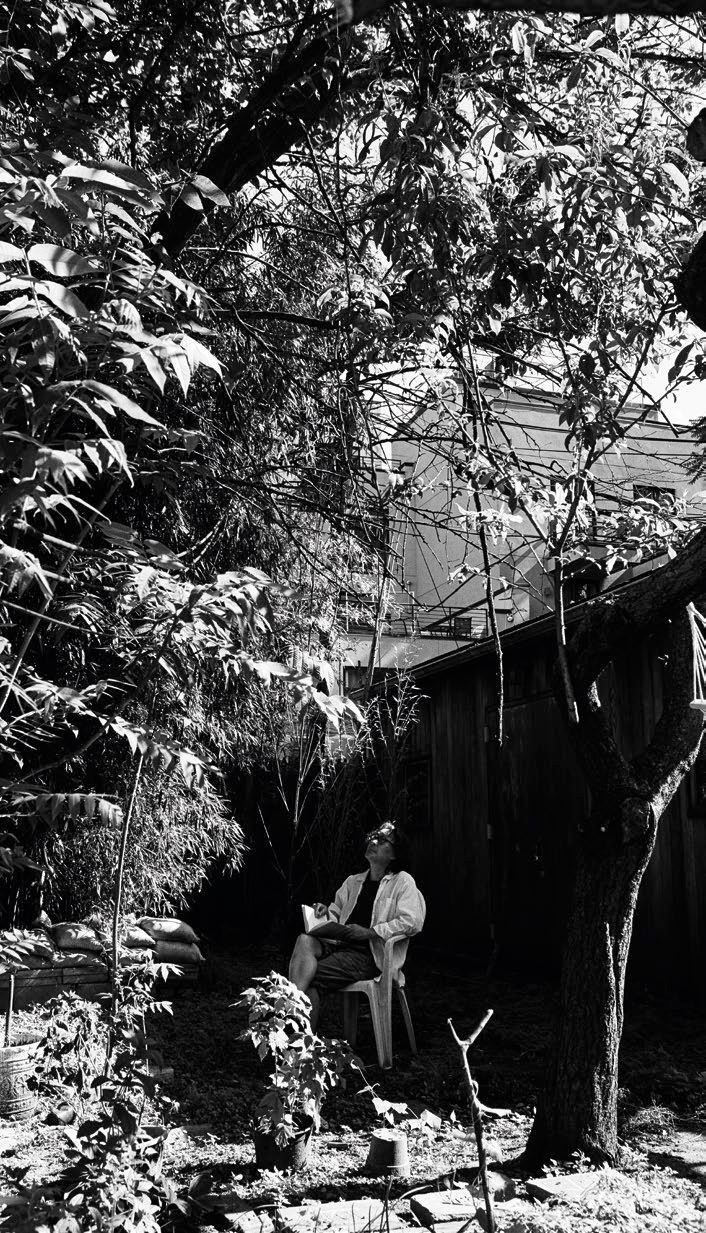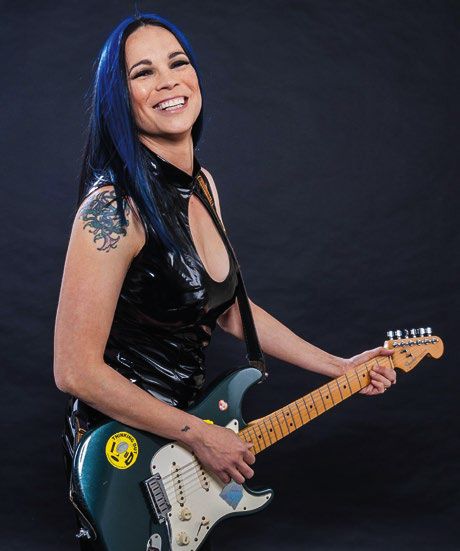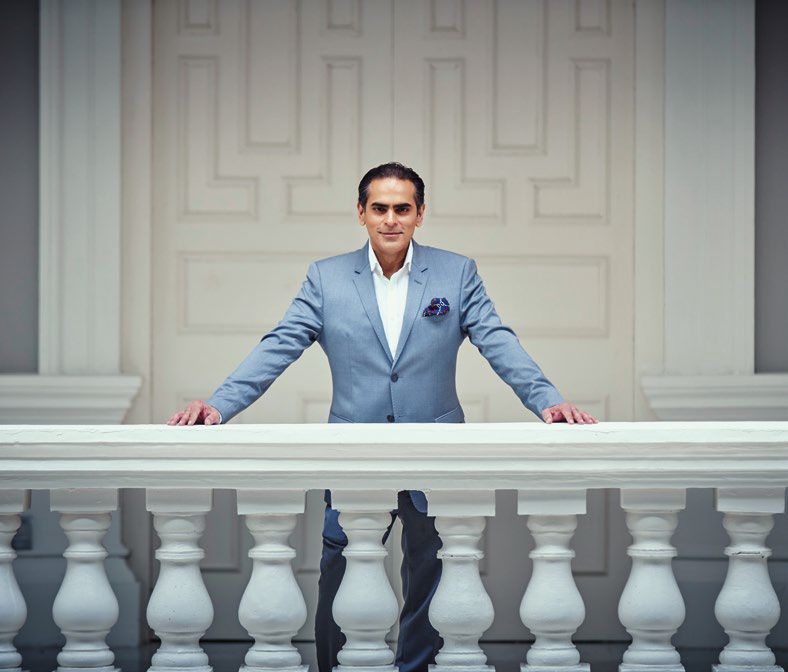What will art exhibitions and concerts look like in a world that is forever changed? Tatler asks the experts to weigh in.
As institutions around the world grapple with the still-unfolding consequences of a year of darkened theatres, dwindling resources and the mental scars of all that has been lost during the pandemic, it is always worth noting that arts and culture will find a way to endure, adapting to adversity—as painful, or uplifting, as that process may be.
Even in dark times, artists have reacted with stirring creations, performances of operas and ballet have shifted from live to online, the big screen has been transferred to the small screen, and music has become a form of therapy, sometimes filling the streets as a means of human connectivity during the worst days of social isolation. There may be many challenges ahead, but inspiring examples of creativity and endurance still happen every day, as the editors of Tatler acknowledged while compiling this year’s Culture List, a selection of the 100 artists, collectors, creative directors and entertainers who have had the most visible impact on the arts this year, both locally and globally.
The list, part of Asia’s Most Influential series that appears online at tatlerhongkong.com, includes figures like Ann Hui, the Hong Kong director whose achievements in filmmaking were honoured at the Venice International Film Festival in 2020 and the subject of a documentary, Keep Rolling, released last year; Cheng Tsung-lung, whose first full work since he took over as artistic director of Taiwan’s Cloud Gate Dance Theatre was inspired by the sounds he heard while his company was isolated upon returning to Taipei at the beginning of 2020; and Joe Sidek, the organiser of multiple culture festivals in Malaysia who introduced an online platform for Penang artisans last summer.
Their industries have been profoundly altered by the pandemic in ways that will undoubtedly have ripple effects for years to come. Here, Tatler invites many of the Culture List honourees to discuss the changes they see happening now, and where they think culture is headed in 2021.

“In the current situation, I don’t think art should respond so directly, because it is not a political concept or a propaganda slogan. It may take some time to incubate. Art is art after all. If it is given a purpose and function other than itself, it will then deviate. For me, art has always been healing. In the most critical moments or the most helpless times in your life, in fact, art always shows up and offers help. For me, it truly constantly stands with us.”



